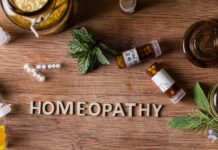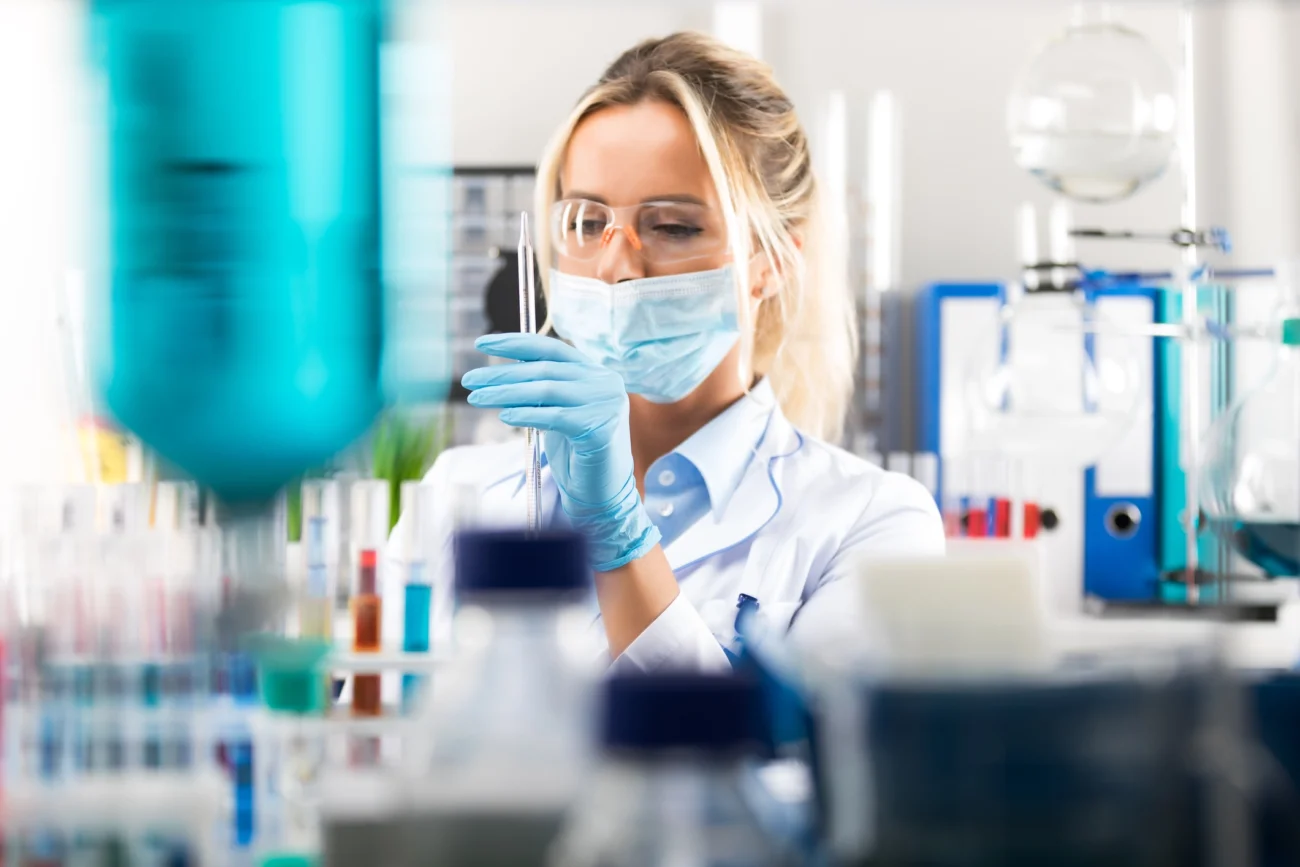
While medicine is in constant circulation throughout our society, few know about the process of making it. The presence of medicine is so widespread we can’t really imagine a world where it isn’t present but it pays to know more about it still. That’s why we will go through the process of understanding how medicine is made in this following article.
Drug discovery
This is the most intensive process that medicine goes through. Drug discovery is usually a slow process of finding potential combinations and then experimenting with them. It can take years to synthesize a medicine fit for consumption.
When choosing a molecule to work with, medical researchers will look into its association with certain diseases. The confirmation is given after ample testing, which will cover closely related molecules as well. It’s possible to end up with a few potentially useful molecules when doing these tests, which means more options to experiment with.
After this step is properly cleared, it’s time to get to some testing.
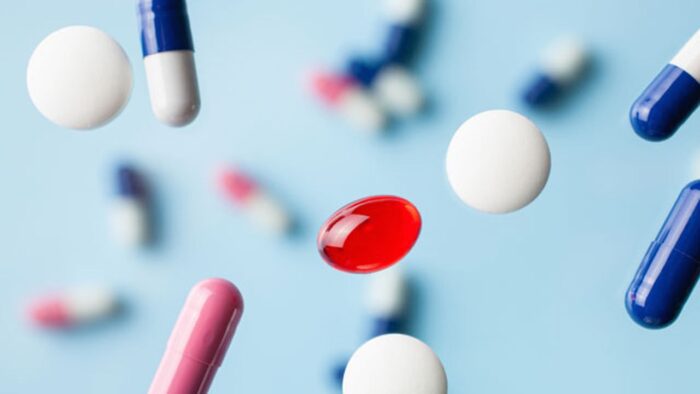
In vitro and in vivo testing
After a molecule is selected, the process goes to preclinical testing next. This step is separated into two types of testing: in vitro and in vivo. The difference between the two is the approach to testing. In vitro examines interactions in test tubes, within an isolated lab setting.
As that proceeds well, the testing is moved to in vivo. The in vivo testing checks whether drug molecules would work in a realistic environment, or at least less simulated one. The testing on animals usually comes next.
The in vivo testing checks are used to make sure that the drug is properly absorbed and eliminated from the body while gauging the side effects of the drug. This is an important step that can decide the potential functionality of the medicine overall. If it fails here, there will be no more steps to be undertaken.
On success, progress will be kept. Advancing into the third step leads to a deeper investigation of the drug. It is this step that the potency of the drug will become clear and capabilities present.
Investigation of new drug’s application
In this third step, the new drug will need to be put through the FDA prior to human trials commencing. The FDA is there to scrutinize the results of previous tests, making sure that the whole process has been properly conducted and the results are favorable enough to proceed testing. The side effects as well as other potentially harmful impacts of the drug are also taken into account here. In fact, this will be the point where further testing could end up being put on hold if the drug is unfavorably received.
The approval is mandatory for the drug developer to proceed to human trials. This is where the proper clinical studies begin and the medicine is put through more checks with a 20-year exclusivity period.
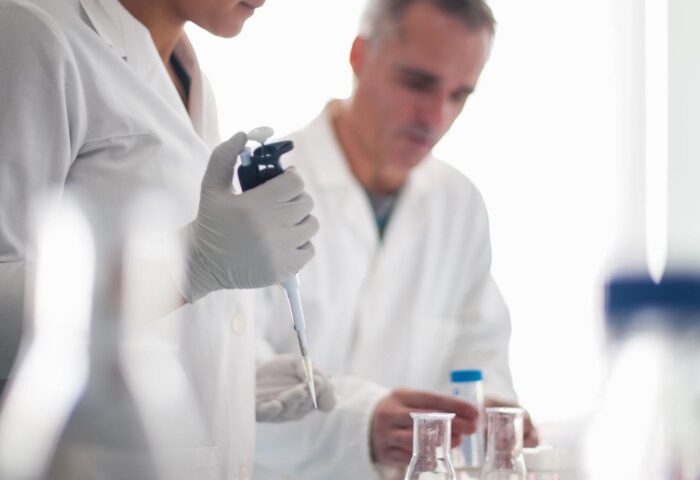
Clinical studies
The next step takes a small group of healthy people. This group will frequently be between a dozen or a few dozen. The focus will be on safety, making sure that they suffer as little side effects as possible while taking care of any that may crop up. Studies once again focus on side effects and absorption. This step is repeated due to fundamental differences between animal tests and human tests.
As the tests proceed, researchers get a better idea of the drug and its application. This includes tolerated dosages as well as recommended dosage. There will be signs that indicate the medicine is ready for further testing, these include clues of plausible efficiency of the drug along with potential unexpected effects. With new tech like that from resilience.com it’s possible to further advance the drug.
The second phase of clinical studies
The number of test patients becomes far larger in the following phase. It can even go up to 100. Another difference is that the test patients aren’t healthy individuals but those suffering from the disease. There is no compromise in safety, as the effects on a sick body can be even more devastating than those on a healthy one.
This step is meant to confirm how well the drug does its job. With all the sick test patients, medical researchers can quickly gleam important details on its effect. If it proves fruitful, the drug’s dosage is also determined. Eventually, it moves to the third phase.
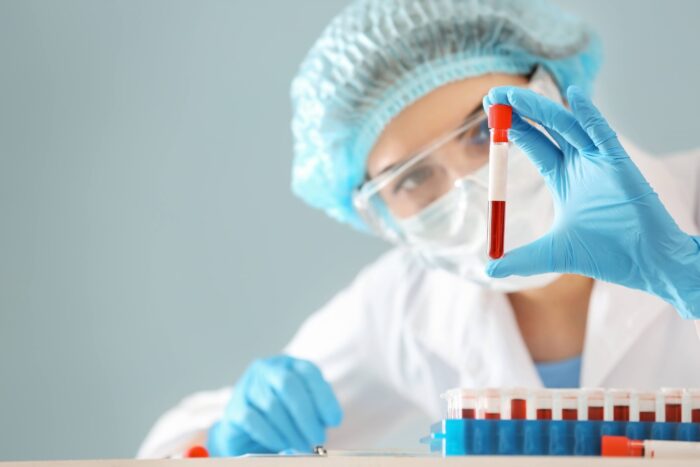
The third phase of medical testing
The last phase is all about determining the success of the tested drug. The number of patients increases, to a point where there could be thousands of people being tested on. The safety is high here, partially because previous phases confirmed any potential side effects of the drug.
This is the last step where potential safety issues can occur, canceling the progress of the drug. Should none show up, the focus will be put on the potential production of the drug as well as the preparation of paperwork needed for its approval.
New Drug Application
The FDA plays another big role in this 7th step. It requires detailed research and safety data that can span thousands of pages. It will act as a summary of the entire medical process, eventually capping off with approval or disapproval from the side of the FDA.
The application will be reviewed in the next 10 months which gives ample time for FDA to take all details into account. After that, the FDA will make a decision. However, they are always capable of postponing this date if needed.
FDA Decision
The FDA will eventually announce its decision. Aside from approving or disapproving the drug, FDA can also send a CRL. This stands for Complete Response Letter and covers all the lacking aspects of the drug so the developer can run additional studies and changes to it.
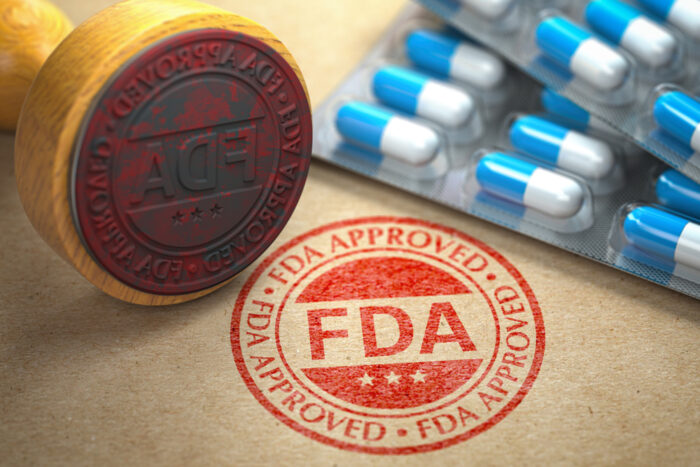
One more phase of clinical studies
While a drug can end up in pharmacies after step 8, there are often requests for extra testing to be done. This is for the sake of safety and effectiveness. The adverse events as well as overall function are covered all the same. If anything significant crops up, there may be further evaluations called in.
The entire process, barring this last step, takes at least 10 years and can cap out at 15 which means it will take a while for a testing drug to reach the common public. Hence why even when a new drug is announced it can take years to put it into circulation.





